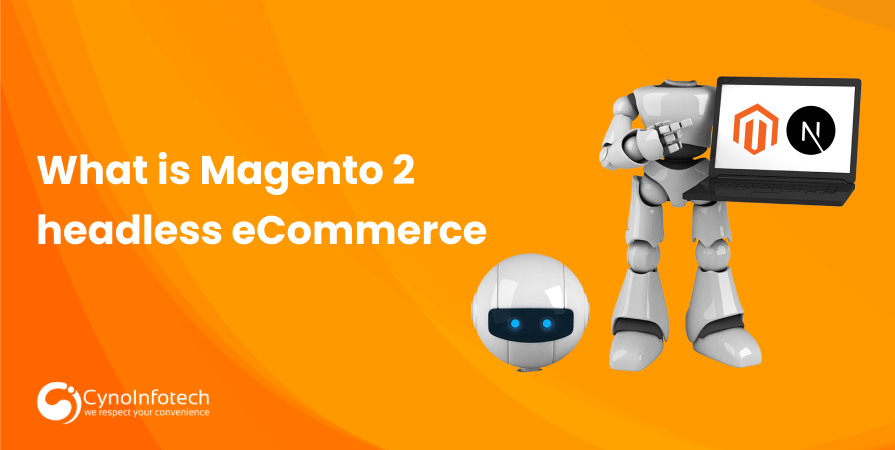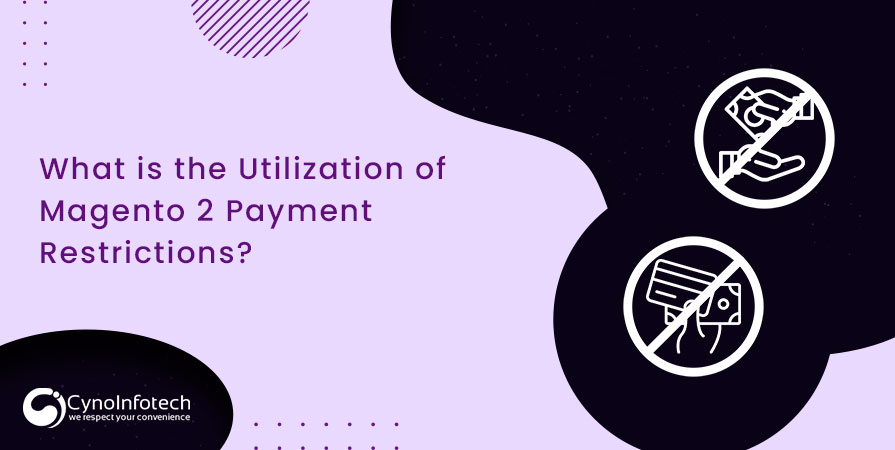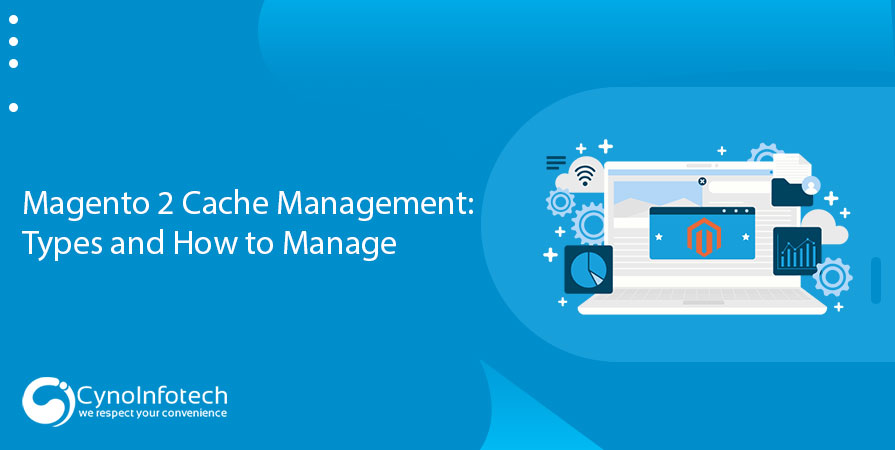Magento 2 as a backend, using Magento’s APIs OR GraphQL, and creating a Next.js frontend
Requisites:
- Magento is installed and running.
- Node.js installed.
- Basic understanding of both Magento 2 and Next.js.
S1: Magento 2 REST and GraphQL APIs
- Magento 2 Running with REST and GraphQL APIs
- Magento 2 instance is publicly accessible if you use the front and will be hosted separately.
S2: Create a New Next.js Project
- Initialize the Next.js Project
npx create-next-app shop-nextjs
cd shop-nextjs
- Install Dependencies
npm install @apollo/client graphql isomorphic-fetch
S3: Configure Apollo Client
Connect NextJs Project with Magento 2 Via GraphQL API using Apollo Client
Create an Apollo Client Configuration: Create a new file lib/apolloClient.js:
|
1 2 3 4 5 6 7 8 9 10 11 |
import { ApolloClient, InMemoryCache } from ‘@apollo/client’; const client = new ApolloClient({ uri: ‘https://domin-url.com/graphql’, cache: new InMemoryCache(), }); export default client; |
Provide the Apollo Client to the Application:
Wrap your application in the ApolloProvider. Update app/layout.tsx :
|
1 2 3 4 5 6 7 8 9 10 11 12 13 14 15 16 17 |
import { ApolloProvider } from ‘@apollo/client’; import client from ‘../lib/apolloClient’; export default function Layout({ children }:any) { return ( <ApolloProvider client={client}> {children} </ApolloProvider> ); } |
S4 : Get Data from Magento
Use GraphQL queries to fetch data from Magento. For example, to fetch products:
Create a Products Component:
Create a new file components/Products.js:
|
1 2 3 4 5 6 7 8 9 10 11 12 13 14 15 16 17 18 19 20 21 22 23 24 25 26 27 28 29 30 31 32 33 34 35 36 37 38 39 40 41 42 43 44 45 |
import { useQuery, gql } from ‘@apollo/client’; const GET_PRODUCTS = gql` query { products(search: “”) { items { id name sku price { regularPrice { amount { value currency } } } } } } `; function Products() { const { loading, error, data } = useQuery(GET_PRODUCTS); if (loading) return <p>Loading...</p>; if (error) return <p>Error: {error.message}</p>; return ( <div> <h1>Products</h1> <ul> {data.products.items.map(product => ( <li key={product.id}> {product.name}–{product.price.regularPrice.amount.value} </li> ))} </ul> </div> ); } export default Products; |
Use the Products Component in a Page: Update app/page.tsx:
import Products from ‘../components/Products’;
|
1 2 3 4 5 6 7 8 9 10 |
import Products from ‘../components/Products’; export default function Home() { return ( <div> <h1>Welcome to My Magento Store</h1> <Products /> </div> ); } |
S5: Styling and Additional Features
- Add CSS or use a CSS-in-JS solution to style As per design.
- Implement additional features like product filtering, and pagination.
S6: Deployment
Deploy Next.js application to a platform like Vercel, or any other hosting provider that supports Node.js applications. Magento backend is accessible from your deployed frontend.
Summary
By following these steps, you can create a headless Magento 2 setup with a Next.js frontend. This setup allows for a highly customizable and performant eCommerce solution, leveraging the strengths of both Magento 2’s robust backend capabilities and Next.js’s modern frontend features.
Start your Magento 2 Headless NextJS Development with CynoInfotech






